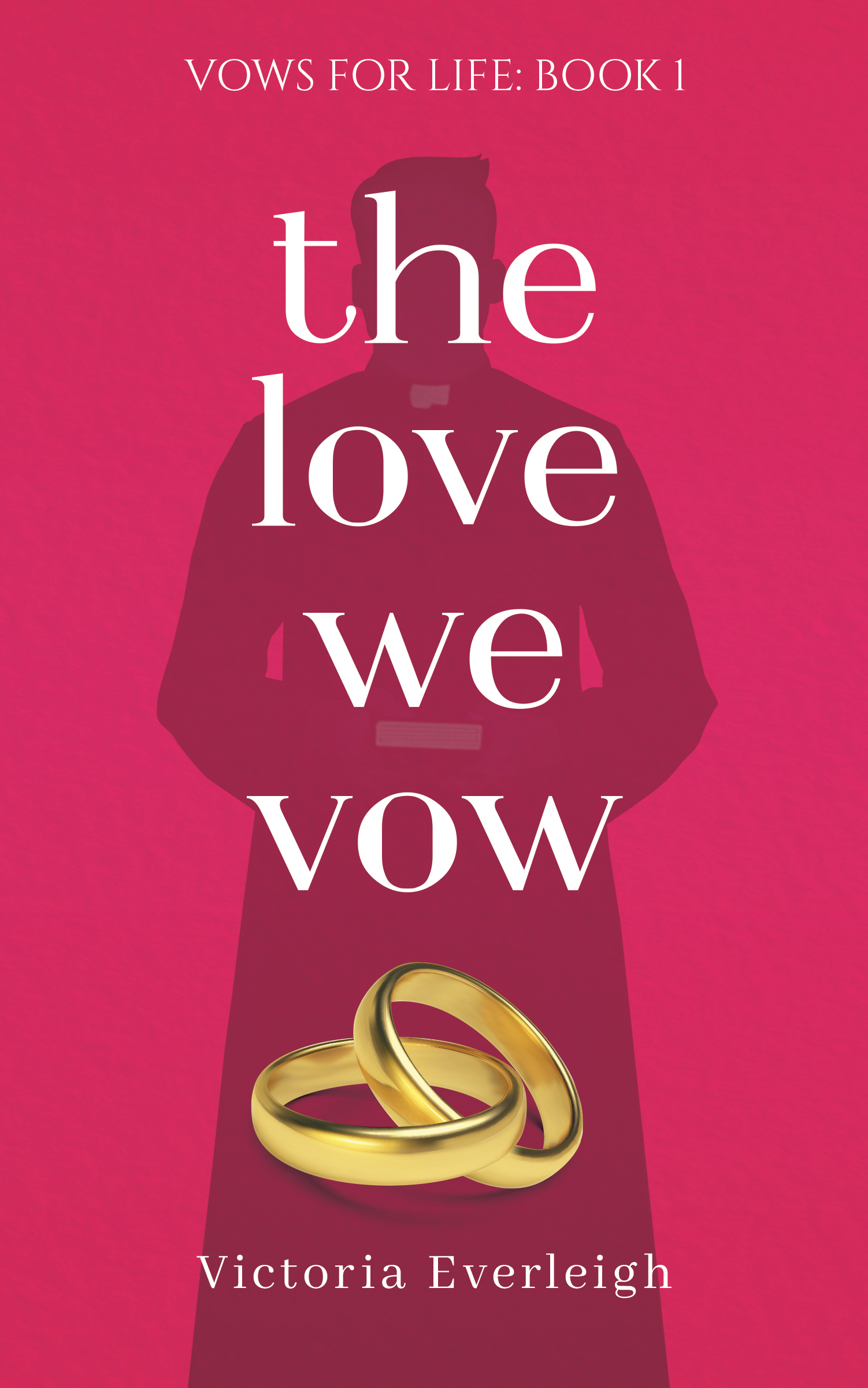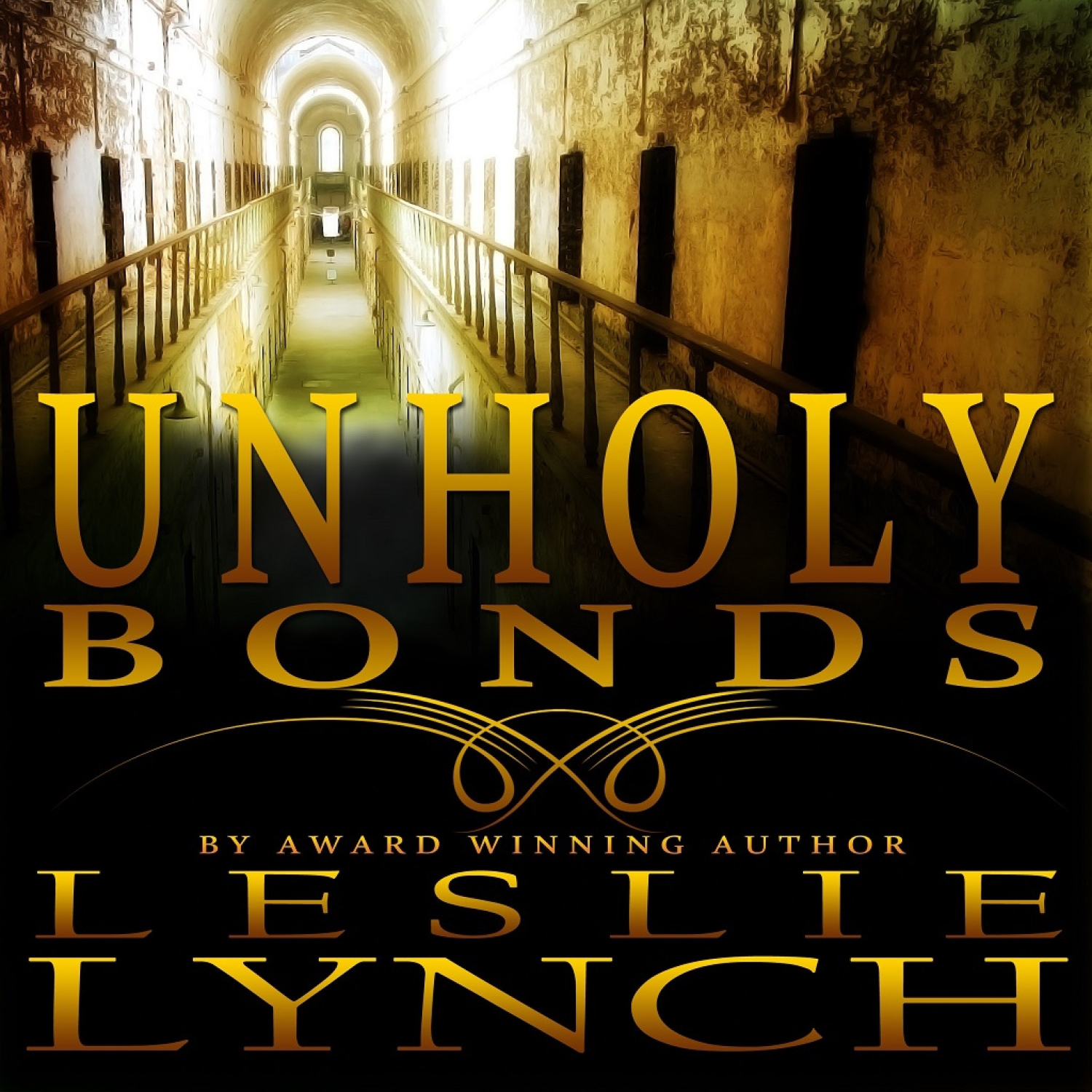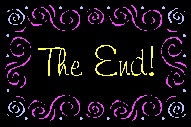 These are the best of times for authors—and possibly the worst of times! The changes in the publishing industry over the past five years are nearly as significant as the advent of the internet. In fact, the two developments are intertwined and build on each other.
These are the best of times for authors—and possibly the worst of times! The changes in the publishing industry over the past five years are nearly as significant as the advent of the internet. In fact, the two developments are intertwined and build on each other.
We all know traditional publishing has undergone tremendous upheaval. It’s still difficult to find an agent. Same goes for a publishing home, doubly so when entire houses fold or get bought out by another entity. Authors are taking to the waters of Amazon and related ponds by the droves, flooding the markets with their manuscripts.
What are some advantages to independently publishing your work? Total control is the one most often mentioned. You work directly with a cover artist to produce the best one for your story. You can replace it if you decide it’s not working. You can set your pricing, then change it at a moment’s notice if needed.
Total control is also the disadvantage to indie publishing. Marketing is incumbent upon you, no one else. Make no mistake: this is a big responsibility.
Given this environment, if you are interested but have yet to dip a toe into the pool, how do you go about what has become known as indie publishing?
1. Know your goals. Do you want to get something in print form for family and friends? Skip down to items 4 through 7 and ignore the rest. Do you want to reach readers who don’t personally know you? Start here and slog through every step listed.
2. Hone your craft. Write the best book possible, run it by critique groups and/or beta readers and/or enter it in contests to get unbiased feedback. Then hire an editor and revise. Yes, this will cost money. Yes, you must do it. Do not fall prey to the delusion that your book is the best one on the planet or the only one not in need of professional editing. It’s not. You can always make it better. Believe me, if your critique partners/beta readers/editors say it needs work, it does. Fix it. If you don’t, the whole world will be privy to the lashing you will get from Amazon and Goodreads reviewers. So make it the best possible book before you put it out there. At least no one will be able to say “poorly written/edited!”
3. Buy books on the process. Let’s Get Digital and Let’s Get Visible by David Gaughran are great resources, they are cheap, and they are fairly up to date. He is a proponent of the Amazon-only model. If you are comfortable with reading advice by savvy romance writers, The Naked Truth About Self-Publishing by The Indie Voice is another great resource. This group is a proponent of getting your work out to every venue possible; why limit yourself to one vendor? These three books come to less than $15 and lay an excellent foundation for understanding the nuts and bolts of self-publishing.
4. Explore publishing options. Amazon’s self-pub arms are KDP for ebooks, Create Space or print on demand, and ACX for audio books. Ingram Spark is another option. Barnes & Noble, Apple, and Kobo have platforms for uploading books; I have not gotten that far and do not have information to share. I’m sure others can contribute to the conversation here!
5. Utilize the tutorials on each publishing site. They provide a wealth of information. My experience with customer service on each site has been exceptional. If your budget allows for additional services, pretty much anything you need is available .
6. Remember that nothing is set in stone. If you make a mistake, all you usually have to do is replace the file. For ebooks on KDP, the old one will still be available for sale until the new one goes live. With Create Space, the title will not be available during the changeover, typically twelve hours or so. That said, some mistakes require taking the book down and reissuing it. Call customer service if it looks like something you can’t address on your own.
7. Mistakes: You will make them. The earth will not stop rotating. You will fix them. A week later, you will probably have forgotten the details. Moral: Be nice to yourself when you demonstrate your humanity. Even better, laugh!
8. Connect with your writing community. Ask for help, share insights, cheer each other on, and promote each other’s work. There are enough readers out there for all books. Amazon gave a presentation at a conference I attended recently. Their statistics show a dramatic rise in books sold since the ebook became widely available. More titles, more sales. Readers are voracious. There is enough success to go around; it’s not a finite quantity.
9. Adapt. There is no right way or wrong way to do this. The only given is the quality of the product you put out. Beyond that, much of the process for individual books is trial and error. Try something and see if it works. If not, try something else. Be persistent. Realize that marketing is part of the authorial journey these days, whether you are traditionally or independently published.
10. Remember this is a business for the long haul. It may take years to build a following. Meanwhile, keep improving your craft and writing new content. That is the one action you can take to improve visibility of your books, and visibility translates to sales. Continue to interact with readers, either online or in person, so they remember you and look for your books as you write them.
Questions? Discussion? How about suggestions of books or other resources you’ve found? Please share!


















